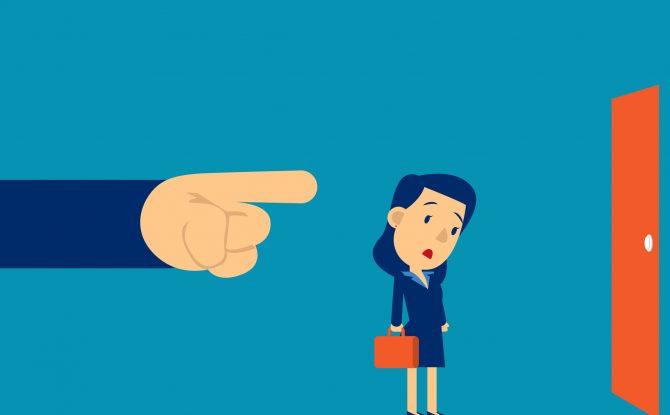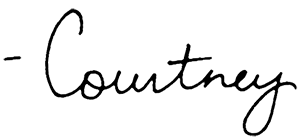Because you spend so many hours of your life at work, your job can feel like an important part of Who You Are as a human. You first meet someone and they ask “what do you do?” meaning “what’s your job?” So if you lose your job, it can feel like a major blow to your sense of self. Who even are you if you aren’t a Fill-in-the-Blank right now?
If you’ve lost your job and you’re feeling a bit lost, it’s important to remember that your job is just one piece of your career, and your career is just one piece of you.
First, it can help to remember that losing a job is often times about much more than just you (and sometimes it isn’t even about you at all!) When I was laid off from my very first job, I was heartbroken. I believed that if I had just been better, they would have kept me. Luckily my stepmom is a career coach, and she helped me see that the market for our business was changing, and that’s why the company laid off not just me but five of the newest people. She taught me the phrase “last hired, first fired,” and helped me understand that it wasn’t personal.
Losing a job is rarely the personal insult we think it is. It can have much more to do with the state of the industry, the finances of the business, and the current needs of a team.
If you’ve lost your job and you’re feeling a bit lost, it’s important to remember that your job is just one piece of your career, and your career is just one piece of you.
Next, it can help to shift your thinking from “it’s not about me” to “here’s what is about me!” Remind yourself that you *chose* your career. It wasn’t an accident (even if you don’t remember all the tiny decisions along the way that led to you ending up where you are.) You had the power to make decisions, and you chose what to study or spend your time learning. You chose which jobs to interview for along the way, and which to accept or turn down. You chose how to present yourself to colleagues and clients.
You have been the driving force behind your career so far, and you are still the driving force behind your career. Getting to where you are wasn’t an accident of fate, it was something you worked for and earned. And you will do it again, because you’re not powerless.
A woman came up to me at an event recently and wanted to talk to me about a job loss that had happened two years ago but was still weighing on her mind. She said “when they fired me, my boss criticized me for things he said I did that weren’t even true. I had just had a great review 6 months earlier! It’s made me doubt that I’m even a good judge of my own work.” It took awhile, but we were able to realize together that if her boss was holding on to beliefs that weren’t even true, why should she trust his judgement of her at all? I
Your job is not you. It’s a piece of you, but so is your ability to move forward. So focus on that, and the job part will more easily fall into place!










